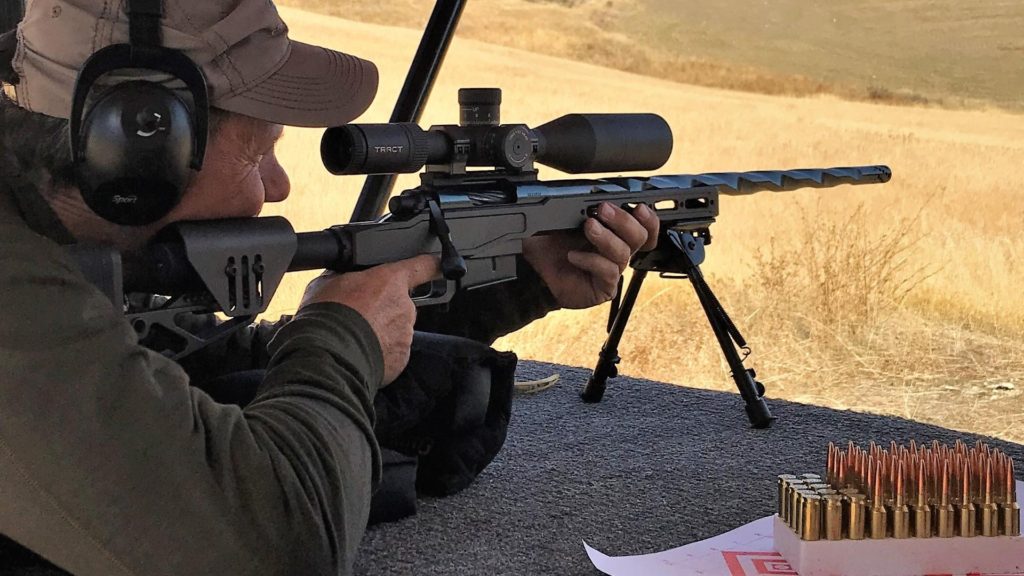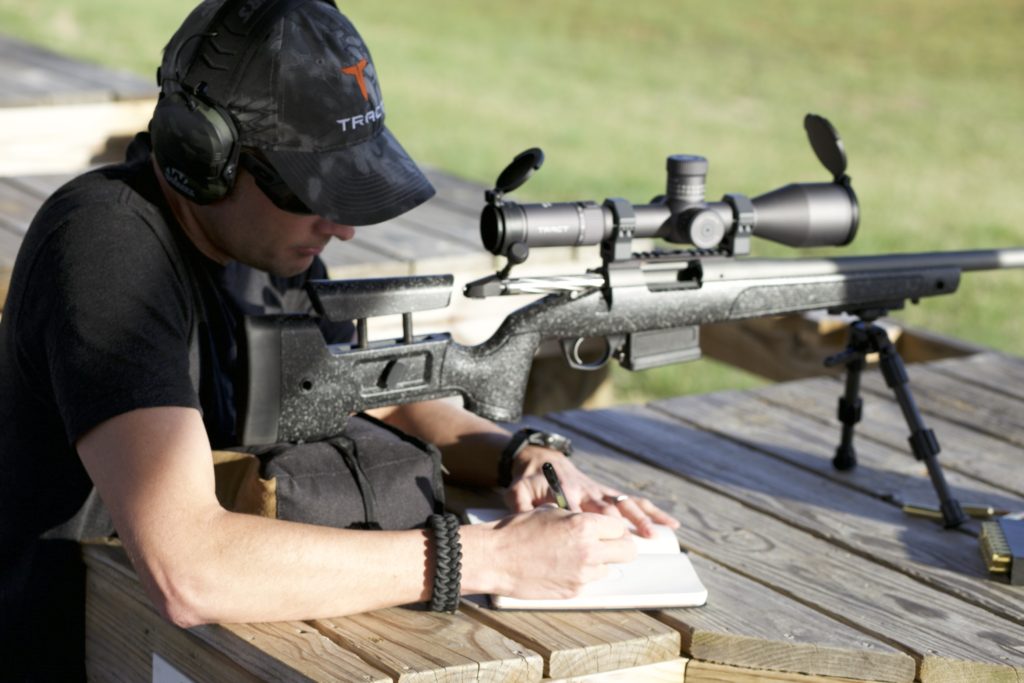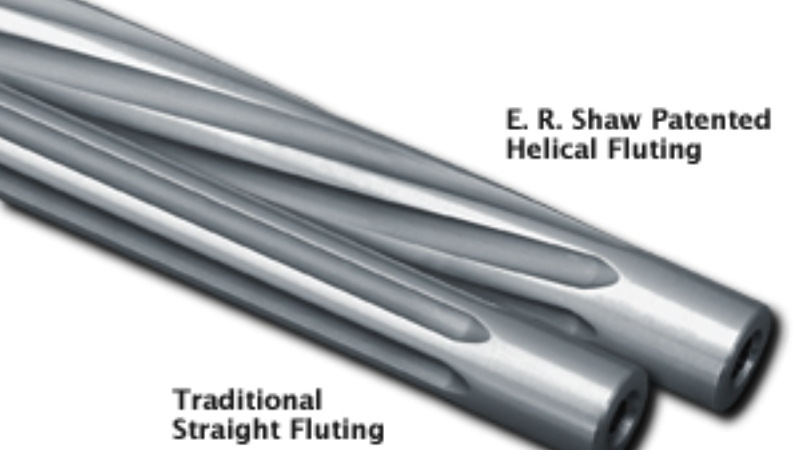Finding the Right Ammo for Your Rifle
Finding the right ammo for your rifle helps shooters and hunters maximize results.

Finding the right ammo for your rifle is an important component to accurate shooting. Every rifle tends to perform better with certain ammunition over others. Ammunition that shoots dime-sized groups in one rifle might not perform as well in another. Whether you’re a seasoned rifle shooter or just starting out, finding out which ammo your rifle prefers is essential for accuracy and effectiveness.
There are many different types of rifle ammo on the market today. It can be difficult to figure out which one is best for your gun. In this article, we’ll discuss the things you need to consider when choosing ammo. We’ll also provide some tips on how to find what’s right for your rifle.
Rifles have their own preferences | Finding the Right Ammo for Your Rifle
Rifles have their own preferences. Just as some people prefer a certain type of food or drink, finding the right ammo for your rifle make take some trial and error. The reason why is because different rifles have different barrel thicknesses and lengths, which affects the way that the bullet interacts with the barrel. Two different rifles of the same make and model will still have microscopic differences that can dictate bullet flight and therefore load preference.
When you shoot a round out of your rifle, the barrel oscillates. This is known as barrel harmonics or barrel “whip.” The length and weight of the bullet, the length and thickness of the barrel, and the barrel’s twist rate all affect how your rifle’s barrel oscillates. Shooters need to find a load that matches perfectly to their rifle’s unique barrel harmonics to maximize accuracy. To put it a different way, as your barrel vibrates back and forth, a perfect round is one that exits the barrel at the perfect point of that vibration to maximize accuracy.
Bullet weight and powder charge are two variables that factor into the marriage between a bullet and barrel. Heavier bullets require more powder to propel them downrange, which in turn creates more pressure in the chamber. The length of the bullet also matters. A longer bullet will have more contact with the barrel than a shorter one, which can also lead to increased pressure and faster wear on the barrel. The change in barreling can affect harmonics yet again. Since all of these factors are being paired with unique microscopic differences in the rifle, a shooter must experiment to find out which load works best for their individual firearm.
Before You Start Experimenting
When selecting ammunition to begin your experiment, make sure you start with ammunition that fits your intended purpose. For example, if you’re fine-tuning ammunition for long-range shooting, make sure to select a load with a bullet that is designed for long-range accuracy. The same goes for hunting rounds or competition shooting. Starting a list of bullets that fit your activity will help narrow down your search without wasting as much time and money on loads
Next, make sure your rifle is properly sighted in (at 100 yards). This will ensure that any changes you make to your load are not due to a change in your rifle’s point of impact. Also, make sure you’re shooting each shot from a cool barrel. A hot barrel can change the point of impact and lead to false results. Finally, make sure you’re shooting in calm conditions. Wind can also be a variable to give less-than-perfect results. Lastly, ensure your rifle barrel is clean. A dirty barrel can cause flyers (shots that are significantly different from the rest of the group) and can lead to false results.
How to Test Handloads
Once you have identified a general bullet type and a rough bullet weight, begin loading rounds with varying nuances for each of those conditions. For instance, if you have determined you think a soft 150-grain bullet best fits your goals and that you would like to use 50 grains of powder, load three rounds of 150/50. Then load three rounds of 150/49. Lastly, load three rounds of 150/51. Make sure you properly label everything. Experiment to see if your rifle prefers one of the nuanced builds over the standard one.
Consistency is one of the main advantages in handloading. While factory construction of ammunition has come a long way, each round is slightly different – again on a microscopic level. This can lead to inconsistency and less-than-optimal results. When you handload, you are in control of every variable and can ensure each round is the same. This leads to more consistent results and, ultimately, more accurate shooting. The difference really is between something handmade and something machine-made.
There are also different powders, bullets, and primers on the market. It would be impossible to test every single conceivable combination, but by starting with a general idea of what you want and then making small tweaks, you can narrow down the field quickly and efficiently to find the best load for your rifle.
Testing Factory Loads
Shooters that prefer shooting factory loads should also test different makes and models. Each manufacturer will offer several different lines of ammunition for the same purpose. For example, Winchester sells six different labels of 30-30 ammunition that all have a picture of a deer on the front cover. Each one will have a different recipe and may perform better out of your rifle than the other labels.
If you have friends that shoot, host an ammunition party. Each shooter should bring different types of ammunition. Partygoers exchange a few like-caliber rounds with each other to test in their own rifle. Each person will walk away with a variety of different makes and weights to find out which works best for them. This is a great way to try different rounds and quickly find the best-performing load for your rifle without having to spend a lot of money on ammunition.
Always remember to keep meticulous notes so you can remember which load worked best in your rifle. More time at the range means more information for tack-driving results.












